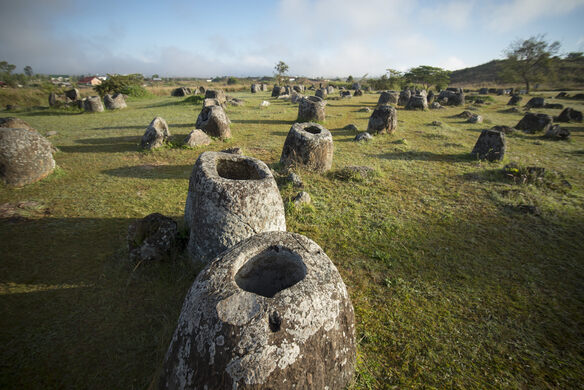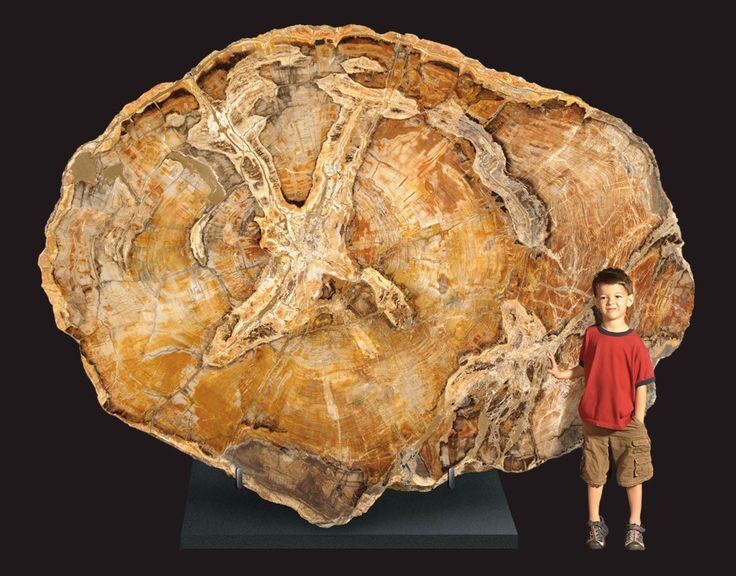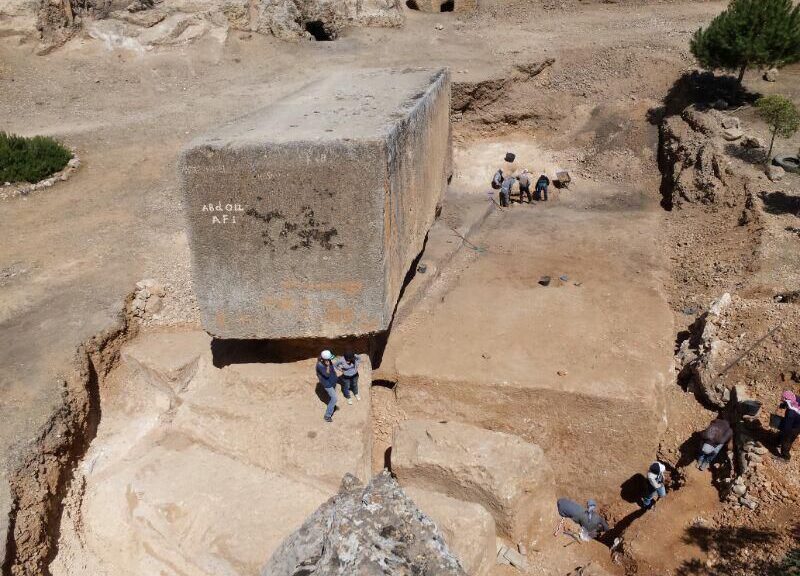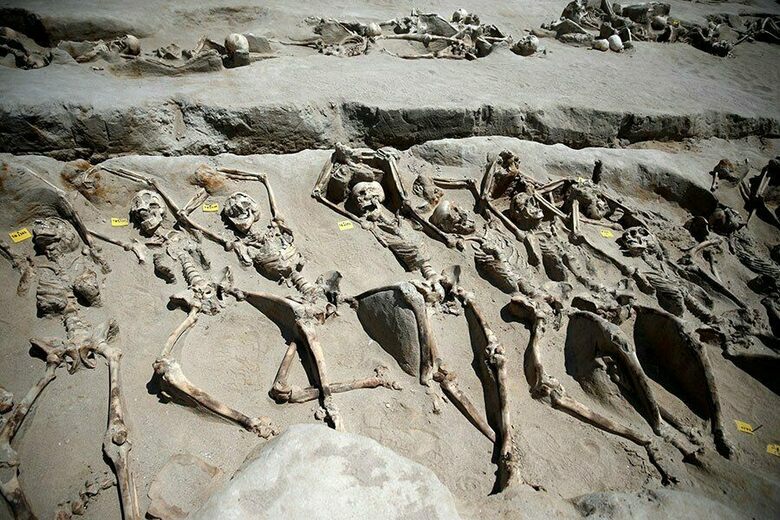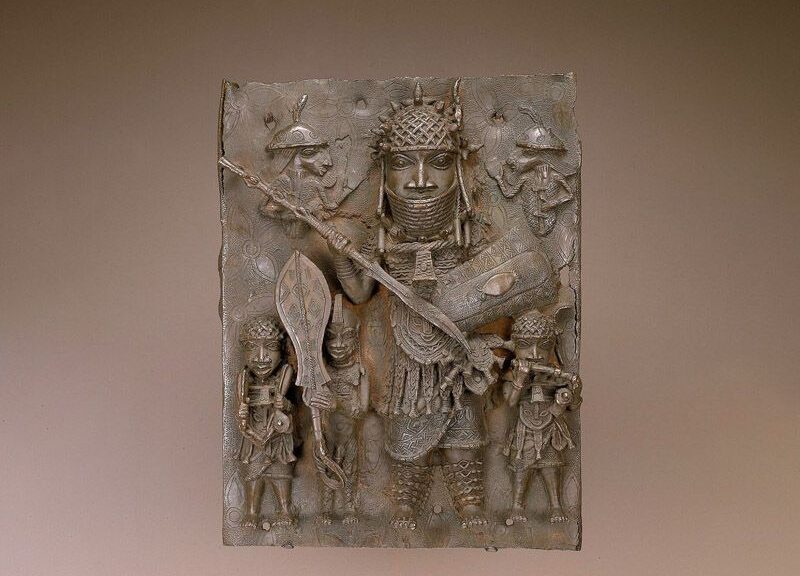Massive Stone Jars in the Highlands of Laos Are Shrouded in Mystery
The eerie ‘Plain of Jars’ in Laos maybe thousands of years older than previously thought, and have been in use for even longer. Limestone vessels dotting the landscape of northern Laos were placed there up to 3,300 years ago, according to an analysis of quartz crystals in the sediment underneath them.
However, the majority of the fossils discovered in the area were buried between 700 and 1,200 years ago. According to the researchers, this indicates that the jars had ‘enduring ceremonial significance.’ ‘They were important for a very long time.’
They believe the containers were used to expose dead bodies to the elements until only the bones remained, which were then buried nearby. Mysterious stone jars are spread across thousands of square miles of northern Laos’ Xiangkhouang plateau, commonly known as the ‘Plain of Jars.’

The massive vessels are made of sandstone and limestone and vary in size, reaching up to 10 feet tall and weighing two tons.
While local legends claim they were goblets used by a horde of drunken giants, the scientific consensus is that the region was a sprawling cemetery and the containers were ‘burial urns’ used for storing human remains.
In the 1930s, French geologists excavated a cave near one cluster, determining it had served as a crematorium. In 2019, archaeologist Louise Shewan uncovered 1,000-year-old remains of nearly a dozen dead babies near jars in a location near Ban Nahoung, dubbed Site 1.

While some places only have a handful of jars, Site 1 contains around 400 vessels, scattered across more than 60 acres. For the past five years, Shewan, a researcher at the University of Melbourne, has studied Site 1 and other jar locations with Dougald O’Reilly of the Australian National University and Thonglith Luangkoth of the Laos Department of Heritage.
They’ve uncovered three basic types of burials: One where a full skeleton was laid out; another where just bundles of bones were buried, and a third variety where remains were placed inside smaller ceramic jars.
Previous radiocarbon dating of the remains suggests most they’ve found were buried between 700 and 1,200 years ago. Now Shewan and her colleagues have examined the sediment under the jars to estimate their age.
They used optically stimulated luminescence, a technique that dates the last time quartz sediment was exposed to sunlight.
‘Directly under one jar, we had a date range of 1350 to 730 B.C., and under another, we had 860 to 350 B.C.,’ Shewan told Live Science. ‘I think we’re going to find a range of dates as we continue the analysis.’
That means the larger stone vessels are centuries older than many of the bodies buried nearby. What we surmise from that is the enduring ritual significance of these sites,’ Shewan said. ‘They were important for a very long time.’ Earlier research had dated the jars more recently, between 500 BC to 500 AD.
The team believes bodies were placed in the large jars until they decomposed, then the bones were buried nearby. It’s not clear if different societies used the jar sites at various times or if descendants of the people who made them continued the tradition.
‘Whether they were culturally related to the people who made the jars is a question that we can’t define yet,’ O’Reilly told Live Science.
Some jars were found with decorated stone discs and smaller clay jars and a variety of other artefacts, including beads and jewellery. Images on the discs buried with their decorated sides face-down include animals, human figures, and patterns of concentric circles.
Each has a cylindrical shape with the bottom wider than the top and most have lip rims, leading to speculation they all had lids. Little is known about how they were made but some archaeologists speculate they were carved with iron chisels.
The jars appear to have been quarried from several areas in the Xiangkhouang foothills before being spread over more than 90 sites, some housing just a handful and others hundreds.
In their new report, published in the journal PLOS One, the researchers also analyzed lead and uranium isotopes in a jar at Site 1 and found it had been mined at a sandstone quarry some five miles away.
How it was brought to the site is still unknown, they said.
